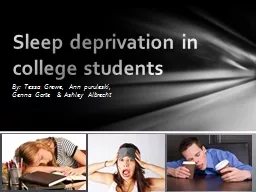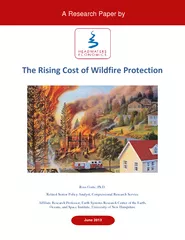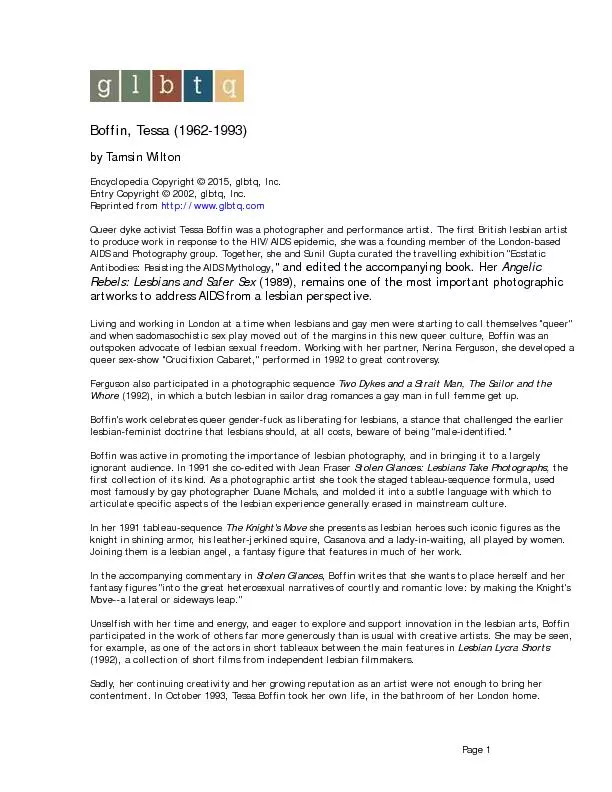PPT-By: Tessa Grewe, Ann puruleski, Genna Gorte & Ashley A
Author : cheryl-pisano | Published Date : 2016-03-02
Sleep deprivation in college students Learn information of sleep deprivation and the college student Sleep deprivations health risk factors statistics and environmental
Presentation Embed Code
Download Presentation
Download Presentation The PPT/PDF document "By: Tessa Grewe, Ann puruleski, Genna Go..." is the property of its rightful owner. Permission is granted to download and print the materials on this website for personal, non-commercial use only, and to display it on your personal computer provided you do not modify the materials and that you retain all copyright notices contained in the materials. By downloading content from our website, you accept the terms of this agreement.
By: Tessa Grewe, Ann puruleski, Genna Gorte & Ashley A: Transcript
Download Rules Of Document
"By: Tessa Grewe, Ann puruleski, Genna Gorte & Ashley A"The content belongs to its owner. You may download and print it for personal use, without modification, and keep all copyright notices. By downloading, you agree to these terms.
Related Documents














